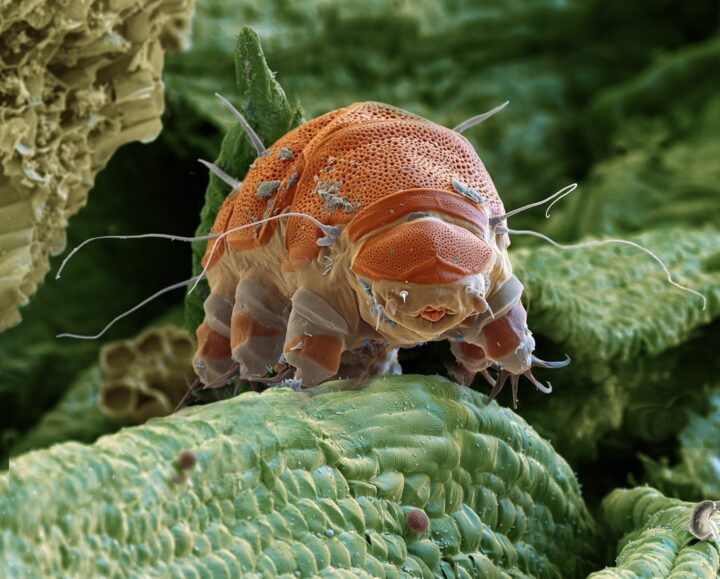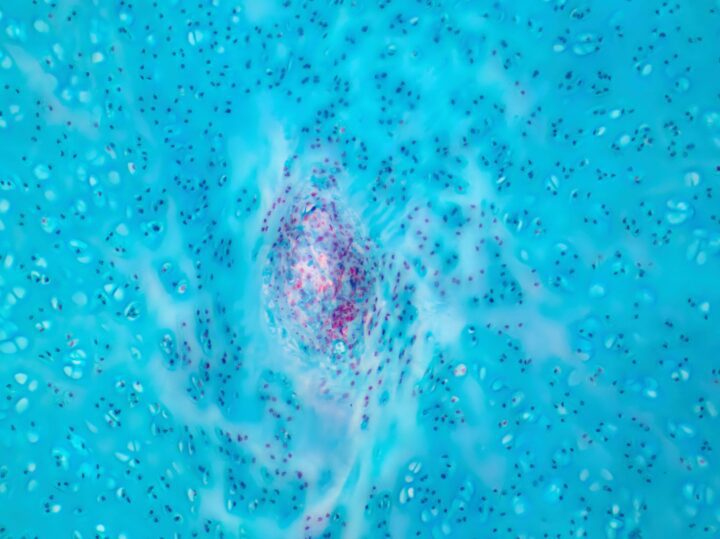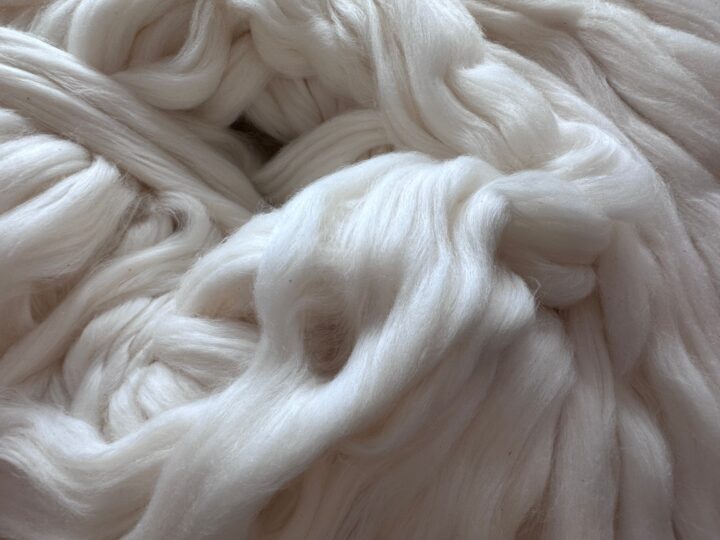VitRIS and HydRIS from Nova Laboratories use sugar-glass stabilization to improve long-term vaccine storage.
Benefits
- Long-term storage
- Reduced cost
Applications
- Biological samples
- Vaccines
UN Sustainable Development Goals Addressed
-

Goal 3: Good Health & Wellbeing
The Challenge
Biological samples are often stored in a freezer, which makes them vulnerable to equipment malfunction and oftentimes leads to sample degradation over time. In addition, shipping of frozen samples requires dry ice, which is costly and uses excessive materials.
Innovation Details
The vaccine is first spray-dried using sugar syrup to form microscopic glass spheres (VitRIS™ technology). This was inspired by the process anhydrobiotic organisms use to protect themselves during suspended animation. The dry vaccine is then suspended in an inert liquid, which can be injected into muscle where bodily fluids reactivate the vaccine (HydRIS® technology). Since the stable liquid formulations are anhydrous, they are inherently bacteriostatic, as bacteria require water to multiply. Thus the need for antiseptics is eliminated. Sugar beads also prevent the interaction of vaccines prior to injection; therefore, multiple or multivalent vaccines can be developed using this technology and given in the same shot. The sugar can also be adapted to dissolve more slowly, thereby releasing vaccines over time and eliminating the need for boosters.
Biological Model
Anhydrobiosis is the process by which organisms such as brine shrimp and tardigrades become almost completely dehydrated, losing up to 95% of their free and stored water and entering a state of suspended animation. They can survive in this state for several decades. To enter this state, the organism creates different proteins and sugars that help protect its cells. They do this by replacing the water with a sugar solution that thickens to a point of solidifying as a glass. Once the organism takes up water again from its surroundings it can re-activate its cells and come back to life.





